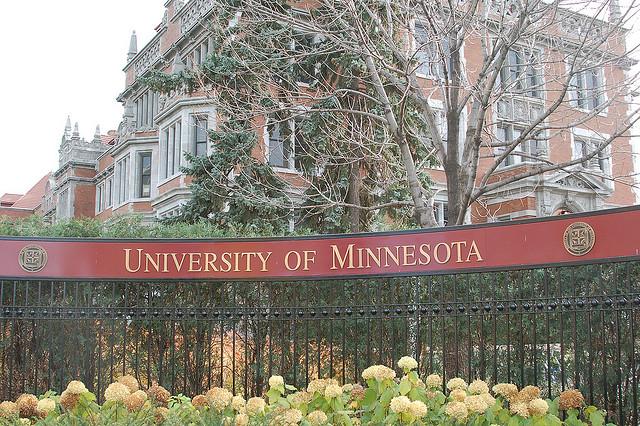Gov. Scott Walker’s University of Wisconsin System budget proposal could give the UW more autonomy over a number of systems which are currently run by the state, including the Minnesota reciprocity system, which provides residents of Minnesota near in-state tuition rates at UW schools and vice versa.
The proposal — which would cut $300 million from the system over the next two years — could leave the UW System looking for ways to increase revenue, which potentially puts into question the longevity of the reciprocity system.
Noel Radomski, director of the Wisconsin Center for the Advancement of Postsecondary Education, or WISCAPE, said it is unlikely this would play out in reality. In order for UW to modify the existing system, Minnesota would have to agree with any changes.
“It requires them to renegotiate, and if you cannot successfully renegotiate, you have to stick with the existing agreement,” Radomski said.
Joe Gow, chancellor of UW-La Crosse, said the proposed cuts and tuition freeze will pose a challenge to the university’s budget in the coming year.
Tuition and state support are the primary sources of revenue for the campus, he said, and cutting one source dramatically and freezing the other will cause significant cuts to campus services.
Gow said negotiating reciprocity with Minnesota will be essentially delving into uncharted territory since individual campuses have never had to handle the exchange. He said any discussion to eliminate the agreement would not be taken lightly.
“We have a pretty good percentage of students from Minnesota because we are right on the river, and there are many people who live in Minnesota who live closer to our campus [than students from Wisconsin],” Gow said. “[Changing reciprocity] would be something we would not do casually. We’d really want to make an effort to keep it going and get it negotiated correctly.”
This is not the first time that the reciprocity agreement has been brought in to question, Gow said. In the past, both states had not been in agreement, and it looked as though the reciprocity would end, but ultimately did not.
“It is not a simple negotiation,” Gow said.
According to single year headcount reports from the UW System, in the 2013-14 school year, Minnesota residents made up at least 10 percent of the student population at several UW campuses and more than a quarter of the population at campus locations closer to the border.
At UW-Madison and UW-La Crosse, Minnesota residents make up over 10 percent and 13 percent of the student population, respectively.
At smaller campuses, the percentage of Minnesota reciprocity students jumps dramatically. At UW-Stout, UW-Superior and UW-River Falls, Minnesota students make up over 28, 38 and 48 percent, respectively, of the total student body. Making decisions to raise or eliminate reciprocity could significantly impact these campuses.
In total, Minnesotans make up 44 percent of the UW System’s out-of-state student freshman class. Likewise, Wisconsin residents made up 27 percent of out-of-state students at Minnesota state schools in the 2013-2014 freshman class — the largest group of non-resident students.
Since 2010, Minnesota has seen resident undergraduate enrollment gradually decline from 292,041 to 253,029 in the 2013 academic year, while non-resident enrollment has risen from 49,391 students in 2010-11 to 56,673 in 2013.


